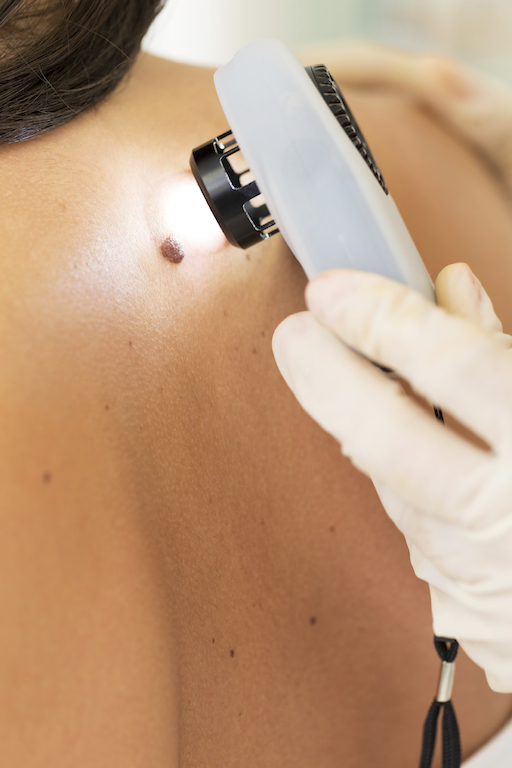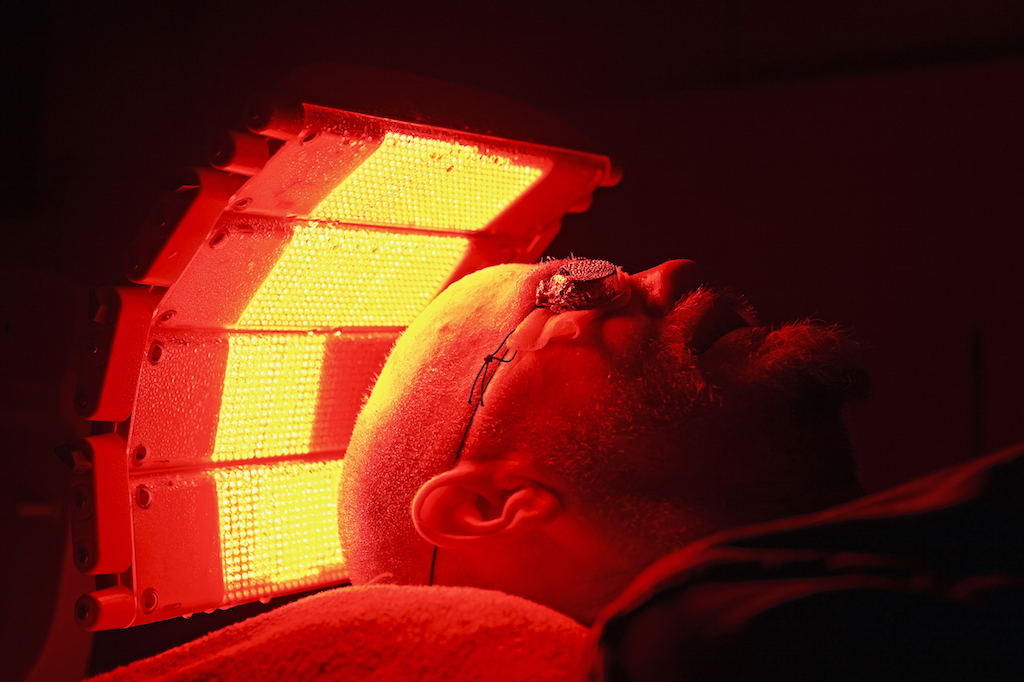Skin Cancer
 Queensland has one of the highest rates of skin cancer in the world. Skin cancer will affect thousands of people every year.
Queensland has one of the highest rates of skin cancer in the world. Skin cancer will affect thousands of people every year.
Sun Damage
Solar damage which may include sun spots (solar keratoses) can make the skin dry, rough, discoloured with brown spots and wrinkles.
Sun spots (solar keratoses) are hard thickened areas that feel rough and are pre-cancerous. These keratoses should be treated to prevent squamous cell carcinoma.
Treatments include gentle cryotherapy with liquid nitrogen, prescription creams such as (Efudix, Picato, Aldara and Retin A creams) photo dynamic therapy and laser ablation.
These topical prescription creams are used to peel large areas of solar keratoses.
Laser treatments include Erbium, IPL and Emerge.
Photodynamic therapy (PDT) is the use of a photosensitizing cream plus a wavelength of light to destroy cancerous cells.
Other treatments of sun damage may include good skin care products such as sunblocks, glycolic acid and nicotinamide creams.
Skin Cancer Screening
Dr Millar provides a thorough, full skin examination with the latest diagnostic tools and will advise you about how often you require a check depending on your family history (atypical, dysplastic moles) risk factors and skin type.
Types of skin cancer
Three types of skin cancer account for nearly 100% of all cases of skin cancer. These are basal cell carcinomas, squamous cell carcinoma, and melanoma.
Each of the different skin cancer is named after the cell type from which it originates.
Basal Cell Carcinoma
Basal Cell Carcinomas (BCC) account for 70% of all skin cancers. Symptoms include crusty, non-healing sores, small red lumps and new freckles and spots.
These Basal Cell Carcinomas tend to grow slowly and occur on the face, ears, scalp and upper trunk. Basal Cell Carcinomas do not usually spread to other areas of the body but can be very locally destructive. Rarely BCC can grow along nerve fibres.
Squamous Cell Carcinoma
Squamous Cell Carcinomas (SCC) are less common than Basal Cell Carcinomas. They present as a hard, quick growing lump and red inflamed scaly areas. SCC can suddenly appear.
SCC can spread to the lymph nodes and often other areas. Lips are an area from which an SCC can spread quickly into lymph glands.
Melanoma
Melanoma most often develop in pre-existing moles or looks like a new mole. Melanoma accounts for approximately 1000 deaths in Australia per year.
Older Caucasian men have the highest mortality rate, but this skin cancer can affect any age bracket (mostly after puberty). With early detection and proper treatment, the cure rate of melanoma is about 95%.
 Non-surgical Treatment of Skin Cancer
Non-surgical Treatment of Skin Cancer
Photo Dynamic Therapy (PDT) is a highly effective, quick, non-surgical way of treating superficial skin cancers (BCC and SCC) and sunspots. Downtime is much less compared to older treatments.
Cosmetically, PDT also rejuvenates sun damaged skin at the same time.
Erbium laser is an alternate treatment for cancers that are not amenable to surgery.